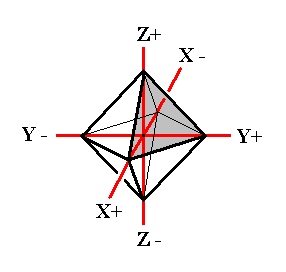Originally posted by IndianaBoys
View Post
I wanted to pick up again on the experiment you ran, because there is another useful info to add, (i don't know if i mentioned it before) , but here follows a definition of halogen lamp:
Halogen lamp - Wikipedia, the free encyclopedia
The function of the halogen is to set up a reversible chemical reaction with the tungsten evaporating from the filament. In ordinary incandescent lamps, this tungsten is mostly deposited on the bulb. The halogen cycle keeps the bulb clean and the light output remains almost constant throughout life. At moderate temperatures the halogen reacts with the evaporating tungsten, the halide formed being moved around in the inert gas filling. At some time it will reach higher temperature regions, where it dissociates, releasing tungsten and freeing the halogen to repeat the process. In order for the reaction to operate, the overall bulb temperature must be higher than in conventional incandescent lamps. The bulb must be made of fused silica (quartz) or a high melting point glass (such as aluminosilicate glass). Quartz being very strong, the gas pressure can be higher,[5] which reduces the rate of evaporation of the filament, permitting it to run a higher temperature (and so efficacy) for the same average life.














 ) + bell to create mutltiphonic waves (see
) + bell to create mutltiphonic waves (see 


Comment